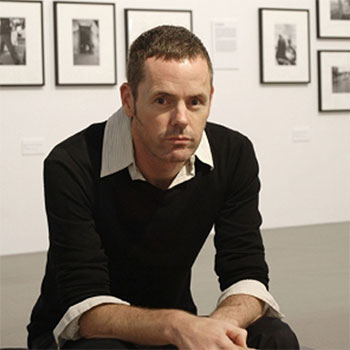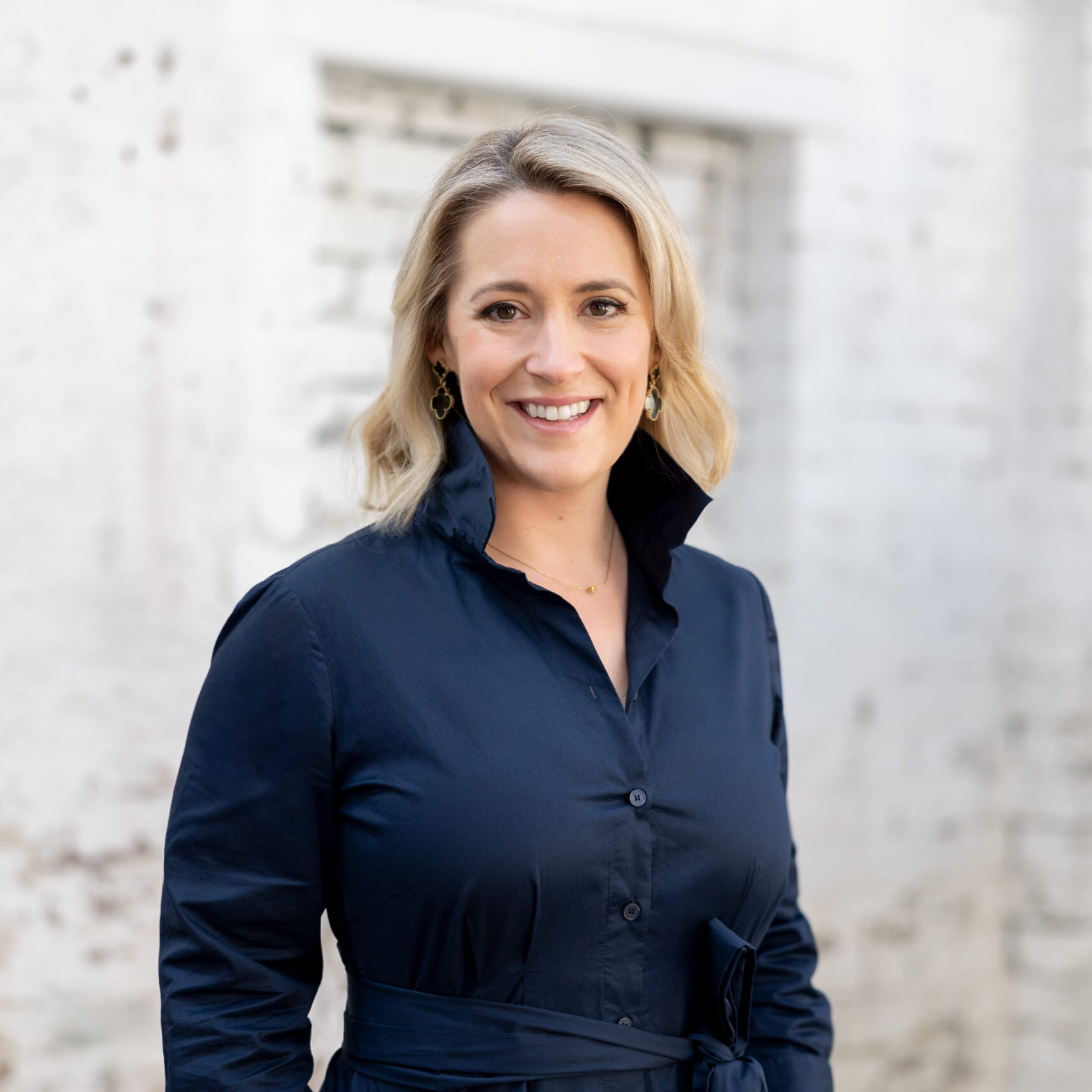
In Conversation with Shaune Lakin

I was born and raised in country Victoria and have spent most of my adult life in Melbourne. I lived for a few years in Ireland during my 20s, but returned to Melbourne to do a PhD at the University of Melbourne. My PhD looked at American photographic books – I am really interested in American culture and I guess I had a thing for Walker Evans. I looked at photographic books because there wasn’t really an archive in Australia for anyone interested in looking at American photographs, so looking at reproductions made sense.
After completing my PhD and teaching for a bit at Melbourne University, I moved to Canberra to work as a Curator of International Art at the National Gallery of Australia. I went up there primarily to work on an exhibition of French paintings, but I stayed at NGA for a couple of years before moving across the lake to the Australian War Memorial to write a book on Australian conflict photography.
While war had never really figured in my imagination, as strange as that sounds given its significance, this became a dream job – looking after a massive collection of some of the most historically significant photographs and photographic objects in the world, and thinking in a really detailed way about the relationship of photographic practices to history and memory. In 2008 I moved back to Melbourne to become Director of Monash Gallery of Art. I had always known about MGA, and never spent much time here, but I was really interested in the idea of helping a place with such a particular commitment to photography develop further. After six really fulsome years, I am now moving back to Canberra and the NGA.
What inspired you to become a curator?
To be honest it was in part chance. NGA needed someone to work on an exhibition of French painting, and I was teaching a bit of nineteenth century French painting and was familiar with many of the works in the show. So I went up in that context. However, I soon realised that for the most part my whole experience of art objects had been filtered through reproductions – slides and photography books. Actually ‘handling’ real artefacts was something else altogether. I loved the materiality of the object, which of course is something fundamental to working with a collection. And so it developed, my relationship with art objects, especially photographs. I would say that (and this is not unusual) my work as a curator was informed by the pleasure I got out of the object itself (so photographs are not just about content or pictures).
So it wasn’t about being ‘inspired’, more about chance and taking advantage of opportunities that came my way, even when they looked weird – like me writing about war photographs, when I knew little about war or what it really meant.
What advice about the do's and don'ts would you give to an aspiring Curator and then Gallery Director?
Take advantage of opportunities as they come your way. And I was one of those gallery directors that has a strong connection with work – I look at work all the time. Even though the job is becoming increasingly about business development and management, I think a gallery director is always going to have to retain an intrinsic relationship to the work we celebrate.
Check out the National Gallery of Australia website.
Share it around…






